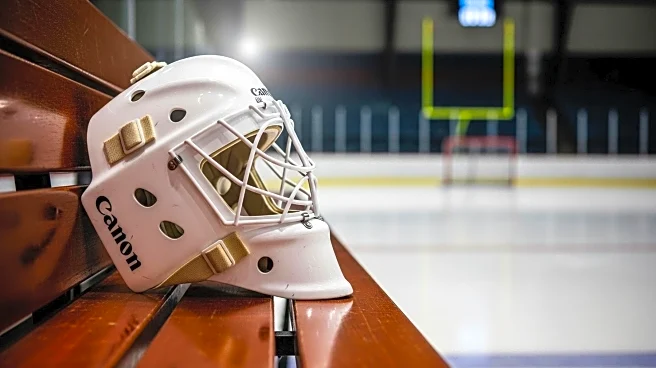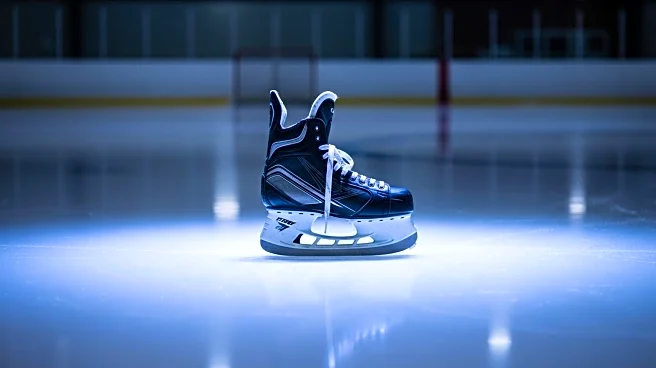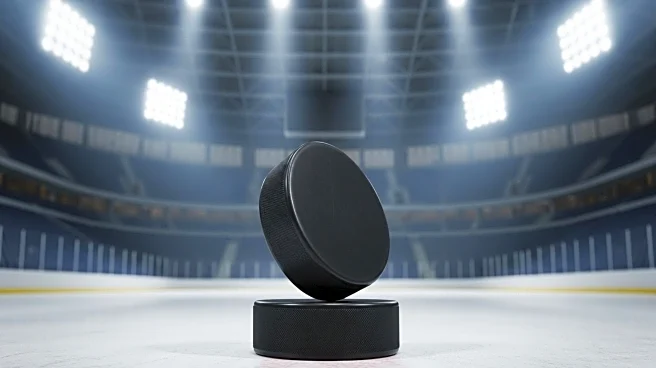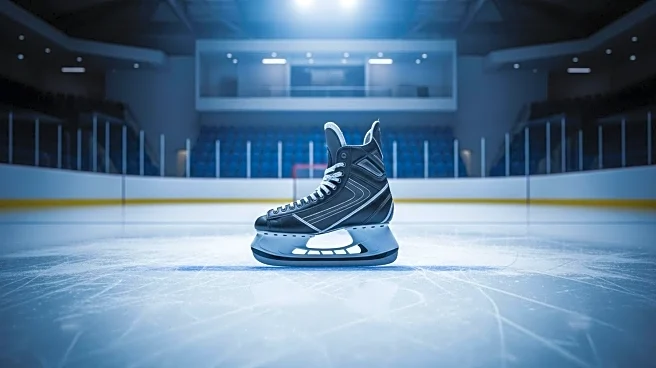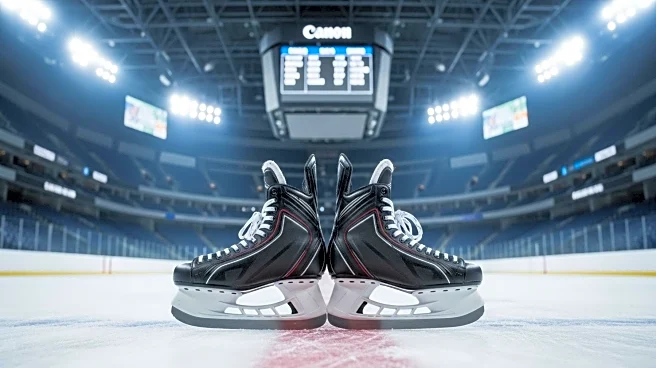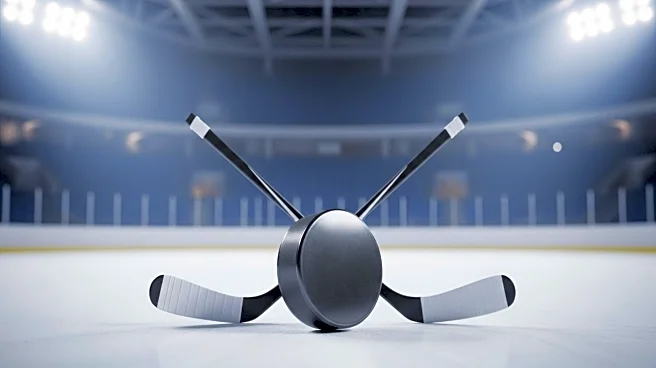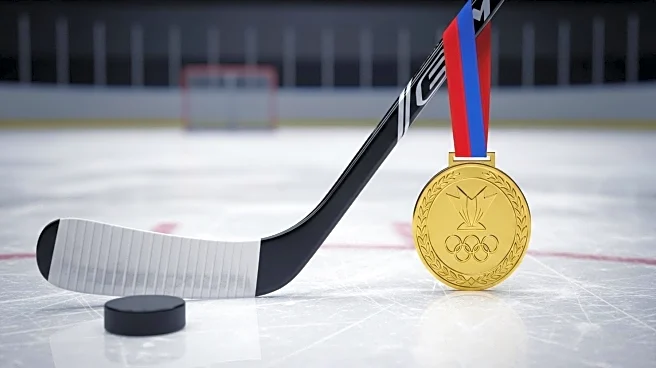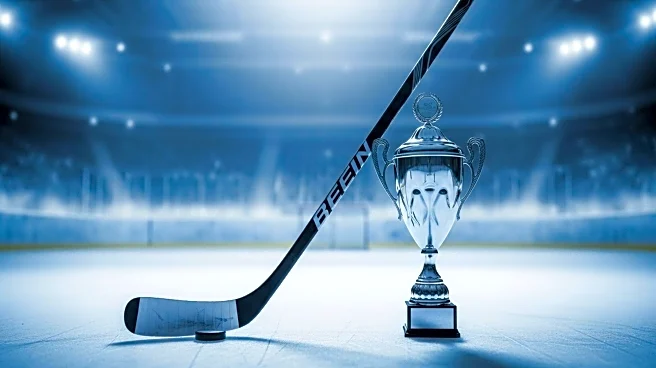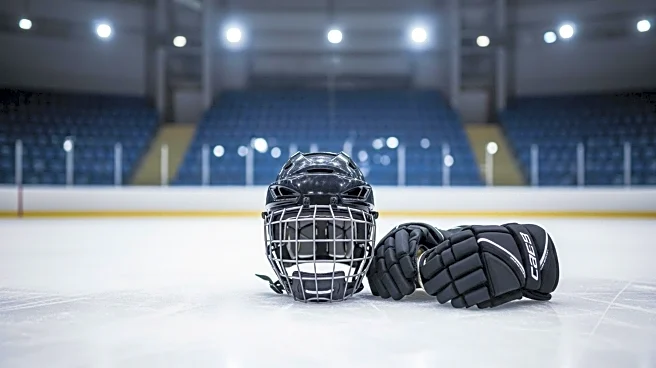What's Happening?
The Ottawa Senators faced a challenging situation when their primary goalie, Matt Murray, was injured, leaving the team without a designated emergency backup goalie (EBUG). Artyom Anisimov, a forward for the Senators, was prepared to step in as an emergency goalie if needed. Anisimov, who has scored 180 NHL goals, was placed on waivers in February and did not play from March 11 to April 2. The Senators' coach, D.J. Smith, noted the lack of options, as the team's goalie coach, Zac Bierk, was unable to play due to health issues. The NHL's COVID-19 protocols, including a taxi squad with a third goalie, altered the emergency backup rules for the season, which typically require an EBUG with no prior professional experience at every game.
Why It's Important?
The situation highlights the impact of COVID-19 on NHL operations, particularly in terms of player availability and emergency protocols. The Senators' predicament underscores the importance of having contingency plans in place for unforeseen circumstances, such as injuries. This incident also draws attention to the role of emergency backup goalies, who have occasionally made headlines for stepping in during critical moments. The NHL's adaptation of rules due to the pandemic reflects broader changes in sports management and logistics, affecting team strategies and player utilization.
What's Next?
The Senators will need to reassess their goalie options and ensure they have adequate coverage for future games. This may involve exploring additional player acquisitions or adjustments to their current roster. The NHL may continue to evaluate and modify its emergency backup goalie policies to better accommodate teams during the ongoing pandemic. Teams across the league might also consider strengthening their contingency plans to avoid similar situations.
Beyond the Headlines
The reliance on players like Anisimov for emergency roles highlights the versatility required in professional sports. It also raises questions about player safety and the physical demands placed on athletes when they are asked to perform outside their usual roles. The incident may prompt discussions about the adequacy of current NHL protocols and the need for more robust solutions to address player shortages.
